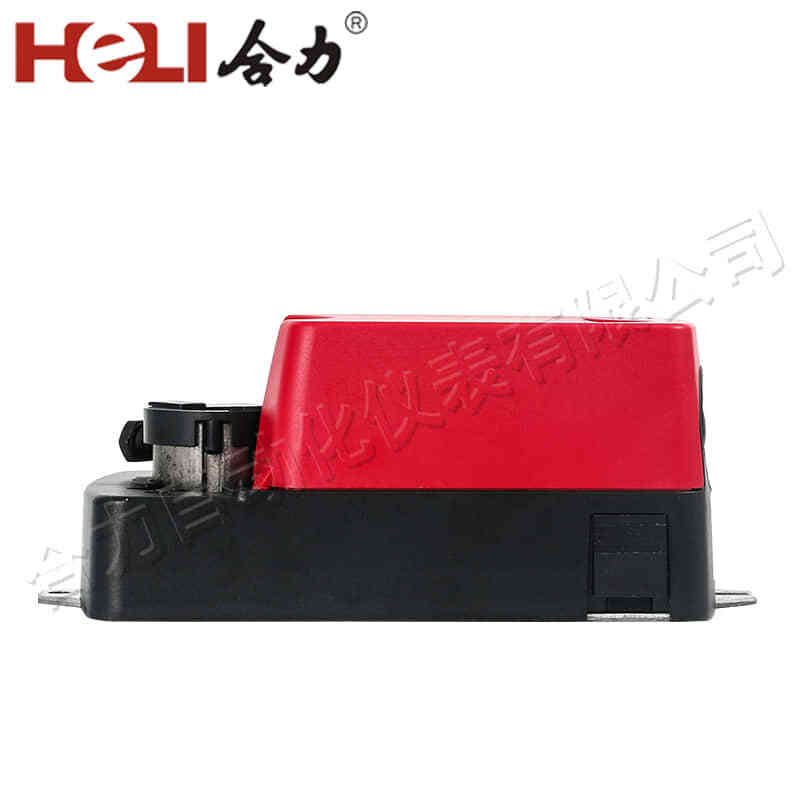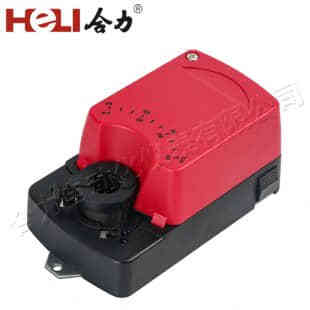Damper actuators are critical components used in various industries to regulate airflow, pressure, and temperature in systems like HVAC (Heating, Ventilation, and Air Conditioning), industrial air handling units, and building automation systems. Their ability to control dampers, which are mechanical devices that open or close to restrict or regulate airflow, plays a vital role in optimizing energy efficiency, improving indoor air quality, and maintaining the comfort of building occupants.

What is a Damper Actuator?

A damper actuator is a device that powers a damper, enabling it to open or close based on system requirements. Dampers are used to control the flow of air or fluids in systems such as air ducts, ventilation pipes, and exhaust outlets. The actuator itself is responsible for adjusting the damper’s position by responding to signals from controllers or sensors within the system. The most common types of damper actuators include electric, pneumatic, and hydraulic models, each serving different applications depending on the system’s needs. Types of Damper Actuators Electric Damper Actuators: These are the most widely used types of damper actuators, especially in modern HVAC systems. Electric actuators are powered by electrical signals, allowing for precise and automated control. They can be integrated with building management systems (BMS), enabling remote operation and feedback. These actuators are favored for their accuracy, ease of integration, and ability to be controlled by sensors that monitor environmental conditions.
